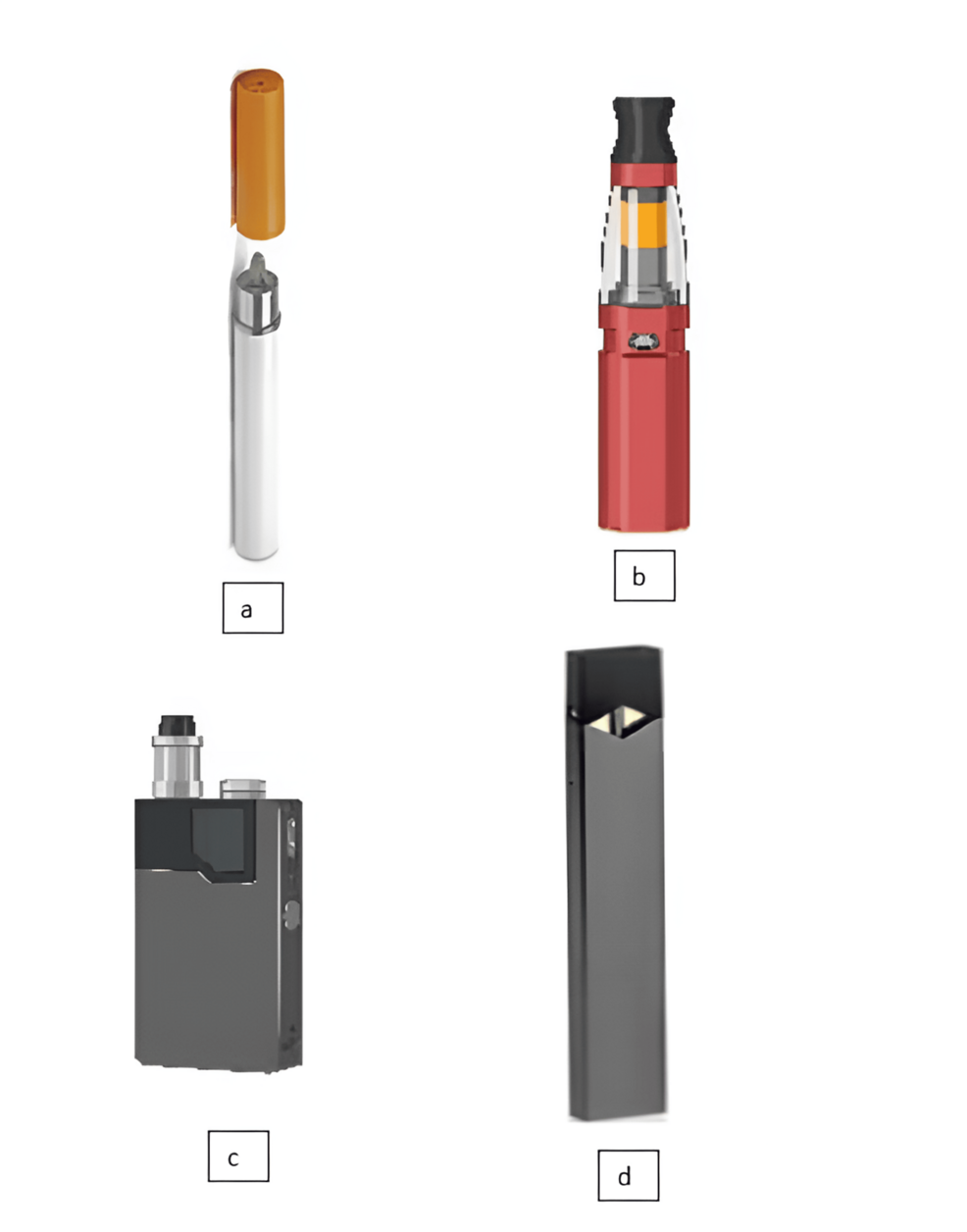The electronic cigarette landscape is dense with misinformation. Cutting through the noise requires examining the evidence. Here’s a rapid breakdown of eight persistent myths.
Myth 1: E-Cigarettes Are Just as Harmful as Smoking
Reality: Public Health England’s landmark review and numerous subsequent studies confirm that while not risk-free, vaping is significantly less harmful than smoking combustible tobacco. The primary danger of cigarettes comes from burning tobacco, which produces thousands of harmful chemicals. E-cigarettes eliminate combustion.

Myth 2: E-Cigarettes Cause “Popcorn Lung”
Reality: The chemical diacetyl (linked to bronchiolitis obliterans) is largely absent from regulated nicotine vaping products. While found in some early flavorings, reputable manufacturers removed it. Diacetyl exposure remains far higher in conventional cigarettes than ever detected in e-cigarettes.
Myth 3: Secondhand Vapor is as Dangerous as Secondhand Smoke
Reality: Secondhand vapor dissipates rapidly and contains significantly lower levels of toxicants compared to secondhand smoke. Research indicates minimal health risks to bystanders from passive vaping exposure, though indoor air quality can be temporarily affected.
Myth 4: All E-Cigarettes Contain Dangerous Levels of Heavy Metals
Reality: Studies detecting metals like lead or cadmium typically involve:
- Poorly manufactured or counterfeit devices
- Abnormally high power settings causing coil degradation
- Analysis methods exceeding real-world usage patterns
Regulated devices used as intended produce minimal metal emissions, orders of magnitude lower than established safety limits.
Myth 5: Nicotine Itself Causes Cancer
Reality: Nicotine is highly addictive but is not a primary carcinogen. Cancer risk from smoking stems primarily from tar and other combustion byproducts. Nicotine replacement therapies (patches, gum) have long demonstrated nicotine’s relative safety when decoupled from tobacco smoke.
Myth 6: E-Cigarettes are a Proven Gateway to Youth Smoking
Reality: Population data from the UK and US show:
- Youth smoking rates have declined steeply alongside the rise in vaping
- The vast majority of youth vapers were already using other tobacco products or were at high risk
- Regular non-smoking youth vaping is low; experimentation doesn’t equate to dependence
Evidence does not support vaping as a major direct cause of new youth smoking epidemics.
Myth 7: E-Liquid Flavors Are Designed to Attract Children
Reality: Adult vapers overwhelmingly cite flavors as crucial for quitting smoking and preventing relapse. Taste preferences drive adult consumer choices across products (e.g., food, beverages). Effective regulations target youth access, not wholesale flavor bans impacting adult cessation.

Myth 8: Vaping Doesn’t Help Smokers Quit
Reality: High-quality randomized controlled trials (like those published in the New England Journal of Medicine) consistently demonstrate that e-cigarettes, particularly newer generation devices with nicotine salts, are more effective for smoking cessation than nicotine replacement therapy alone, when combined with behavioral support.










